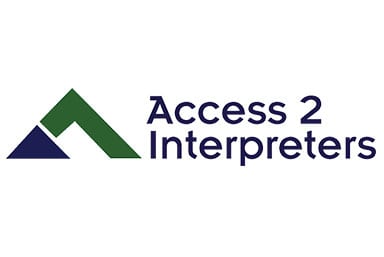Leap Day Around the World

The Father of Leap Year, Roman dictator Julius Caesar added one day in 46 B.C.E. that would occur every four years, to make up for the gaps in time between the ancient Roman calendar’s lunar and solar calendars. Ever since Caesar’s decree, most of us today use this calendar system. As with any event that occurs just once every four years, many cultures around the world have come up with their own special ways to celebrate Leap Day.
Women propose first
According to legend, one day in Ireland, St. Brigid took issue with the fact that women had to wait for men to propose to them. St. Patrick allowed one day every four years for women to propose to their men first. This is said to balance out traditional marriage roles, much as Leap Day balances out the calendar.
Bachelors’ Day
Going “hand-in-hand” with the tradition above, Leap Day is commemorated in some European countries as Bachelors’ Day. According to tradition, if a man refuses a woman’s marriage proposal on a Leap Day, he must buy her 12 pairs of gloves. This is supposedly so a woman can conceal the fact that she doesn’t have a ring on her finger!
Solar Calendars
It isn’t just the Gregorian calendar that uses leap years! The modern Iranian calendar uses a 33-year cycle solar calendar with 8 leap days throughout. As the Iranian calendar begins each year on the vernal equinox as observed from Tehran and Kabul, this actually makes the Iranian calendar much more accurate than the Gregorian.
Anthony, New Mexico/Texas
The bordering twin cities of Anthony, NM and Anthony, TX (which are now incorporated into Anthony, TX) is considered the Leap Year Capital of the World. In 1988, local resident and ‘Leapling’ Mary-Ann Brown began a Leap Day celebration, complete with a Worldwide Leap Year Birthday Club. Since 1988, over 400 ‘Leaplings’ have been invited to the Birthday Club, and members from all over the world have flown out to Anthony to celebrate this special birthday holiday at the Leap Year Capital!











